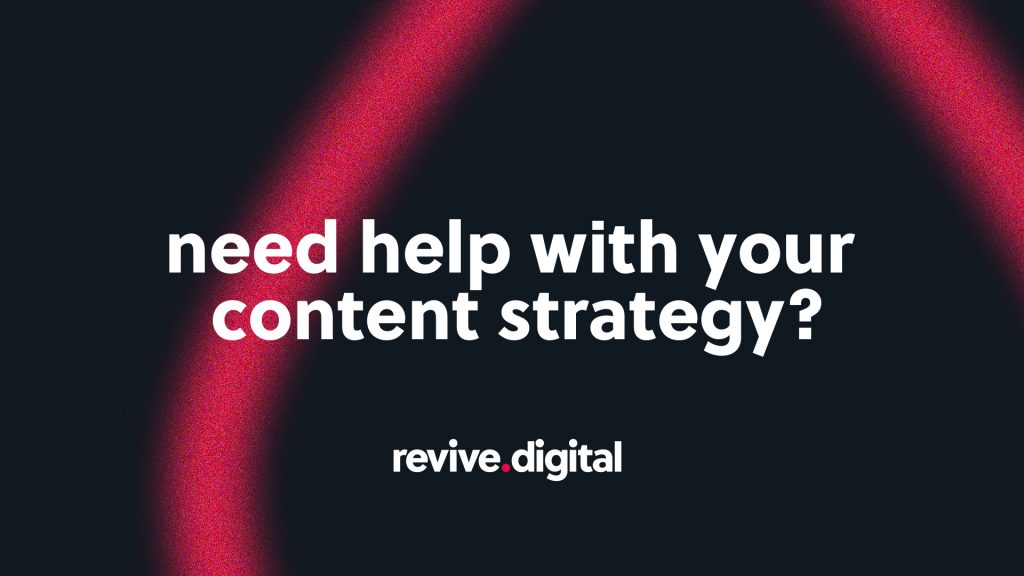How Search Intent Can Shape Your Content Strategy
Having an understanding of search intent has always been an essential aspect when it comes to content marketing. Websites that give searchers what they are looking for have always been popular, but Google now rewards them too. Google's understanding of search intent has constantly been improving over the past few years, with progress being made to its natural language search processing capabilities (most recently with this being the BERT update). With this in mind, it's extremely important for businesses to create content marketing strategies that align with what users are looking for when they enter search queries on Google. Creating engaging content that addresses the types of search intent is a brilliant way of ensuring that you achieve this objective. In fact, aligning your content with search intent means that users are far more likely to convert when they arrive on your website. 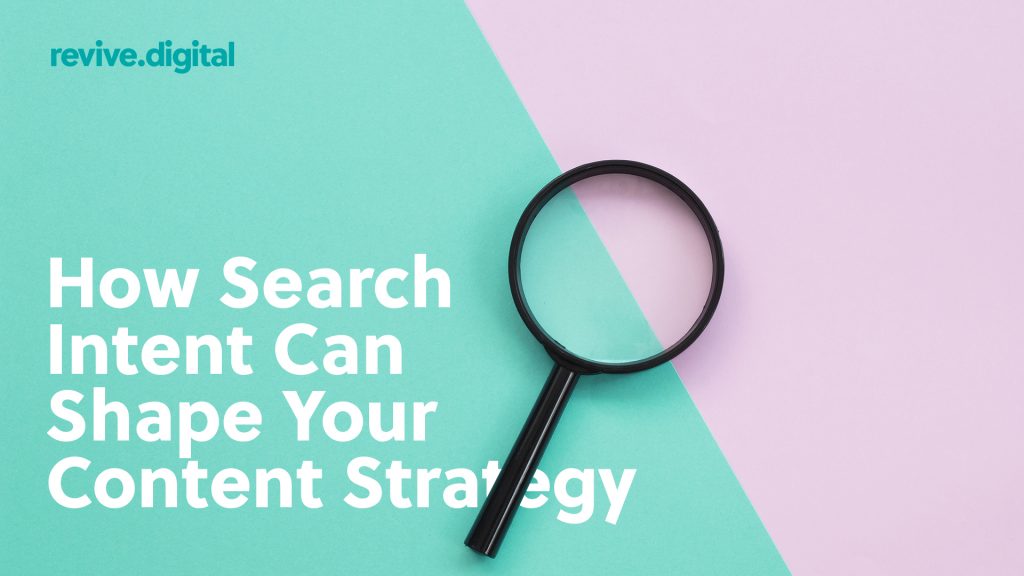
What Are The Different Types of Search Intent?
Learning about search intent all comes down to becoming aware of why a user has made a search query about a particular topic and what they hope to gain from their search. For example, you need to understand the distinction between "best Huawei phone 2020" and "buy 2020 Huawei phone". In the first instance, the user is looking for information about the best Huawei phone on the market at the time of their search; the second, however, is likely from a user who wants to buy the latest Huawei phone. These 2 search queries represent informational and transactional, which are 2 of the 4 types of search intent. 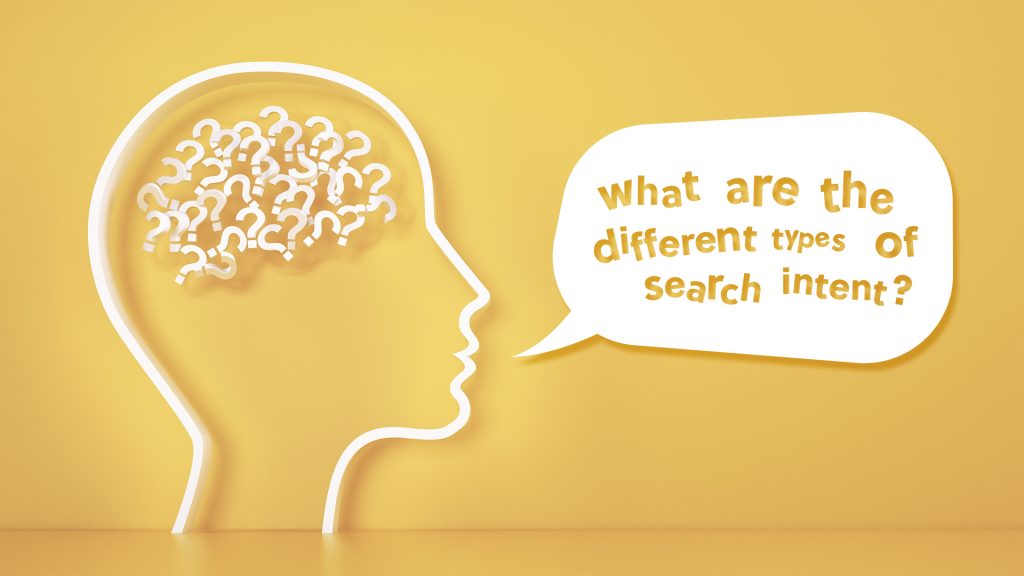
Informational
An informational query is when a user wants to find information about a particular topic. Informational search queries are often phrased as a question just like you would ask a family member or friend. An example of this type of query is "what are the benefits of using a digital marketing agency?". These types of queries are made at what's known as the "awareness stage". At this point, a user knows that they have a need that they would like to satisfy. However, they are not too sure how to go about it, so they go onto Google (and maybe other search engines) to try to find information in the search results that will help them. However, it's important to highlight that not all of these queries have commercial intent. Many users look for information without the intention of acting on the answers they find. But, don't let this put you off creating informational content as it's great for building brand awareness. 
Navigational
Navigational intent isn't necessarily related with the broader customer journey. Many users make this type of search query to simply find a certain business or organisation. A good example of this type of search query is "Twitter". Here, Google is just being used as a means of getting to the social media platform instead of directly entering the website address. 
Commercial Investigation
Commercial investigation queries are not always regarded as separate from informational queries, but they do serve a purpose that is recognised by content strategists. Users make this type of query when they know they want a particular product or service but require more information before they part ways with their money. 
Transactional
Transactional queries happen at the end of the customer journey. This type of query is made with the sole intent of buying a particular product or service even if the user doesn't even know where they are going to buy it from yet. Coming back to our previous example, the user might have decided that they want to buy the latest Huawei phone, so they enter "buy 2020 Huawei phone" and then look through the search results to find the best deals. 
What Exactly Is a Content Strategy?
So, now that you have an understanding what the different types of search intent are, it's time to discuss content creation and how you can use different pieces of content to your advantage to increase your online presence and ultimately increase sales. A content strategy sets out the planning, creation and management for the content that is going to be published by a business. To come up with an effective content strategy, you need to understand what information your target audience is looking for online, how they are wording their search queries, their buyer persona and then define your goals. This can be achieved by conducting keyword research and looking at your competitors' content (both website and social media content). Once you know what types of content are driving traffic to your competitors' websites, it's time to start drawing up your own ideas by doing keyword research, SEO analysis and start designating keywords for content that have good search terms. At this point, it's useful to create a content calendar (also known as an editorial calendar) that outlines when your different types of content will be published and where. For example, you publish a blog post on a Monday and then distribute your content on social media a few days later. In fact, content distribution is important even if you are just sharing your content on your social media platforms as it can help drive more users to your website organically and is great for brand awareness. 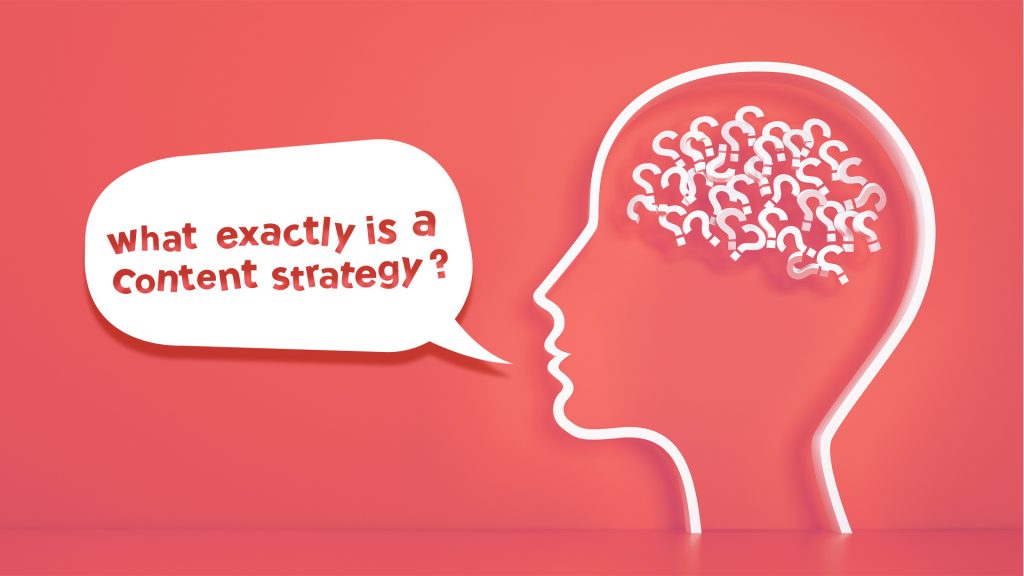
Forming Your Content Strategy With Search Intent
Each piece of content that you're planning to create and publish needs to be targeted to a certain point in the conversion/sales funnel. However, not all of your content needs be created to fulfil informational search queries, but it's important to cover the entire scope of queries in your content creation plan and vary the types of search intent that your content addresses. For example, you can create a content roadmap that users can follow to guide them through the entire decision-making process. The aim of your content strategy should be to reach users that are at the awareness stage, communicate how your products and/or services can help them, influence them to choose you over your competitors and then encourage them to spend money with you. Whilst it would be tough to achieve this with a blog post or piece of social media content, planning out your content strategy to target each specific stage of search intent will ensure that you don't lose out on any prospective customers that could be interested in your business. 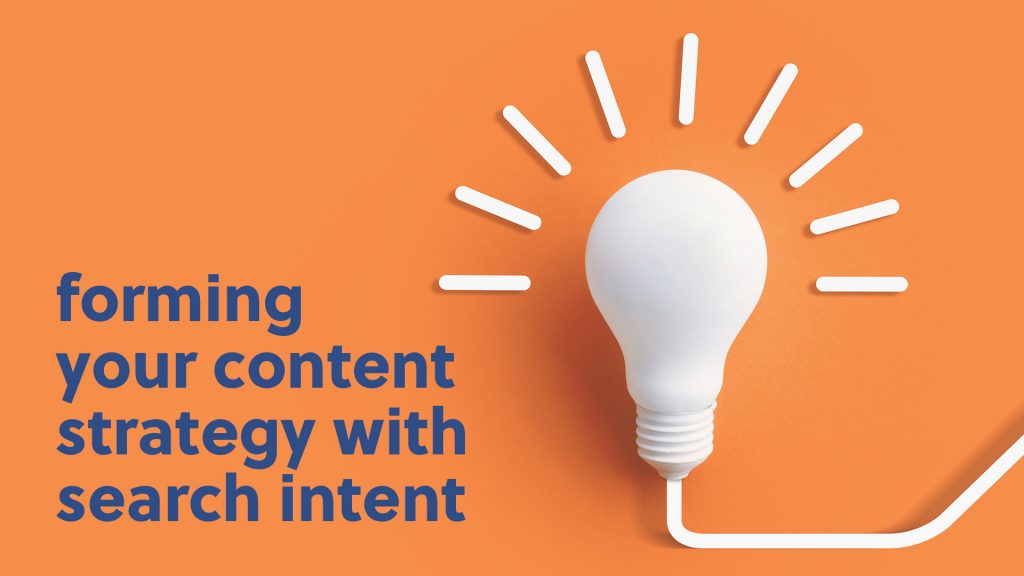
Need Help With Your Content Strategy?
At Revive, we create captivating and successful content to empower our clients' online presence. If you would like to find out how our content strategists can help you with your digital marketing strategy and business goals, then please get in touch with our expert team. Call us on 01702 619 139 or visit our contact page today! 